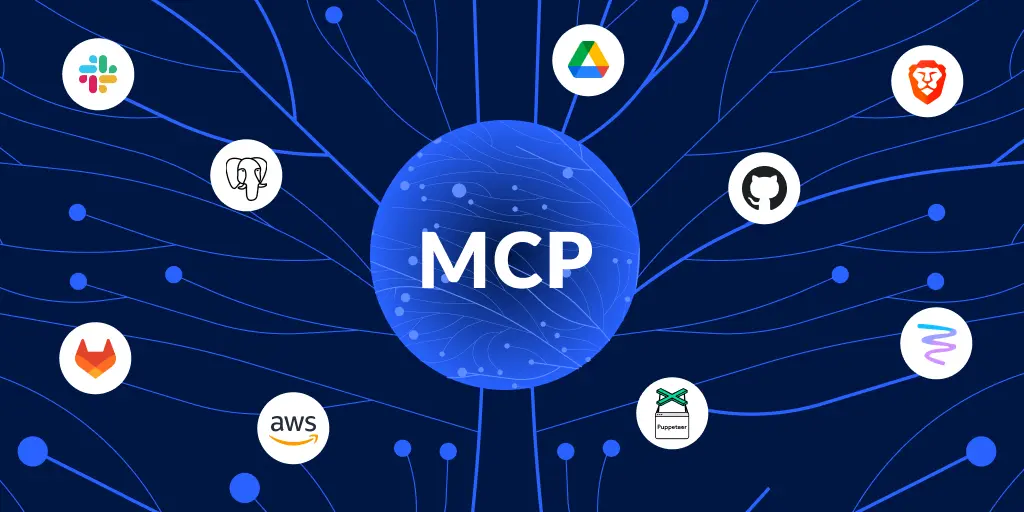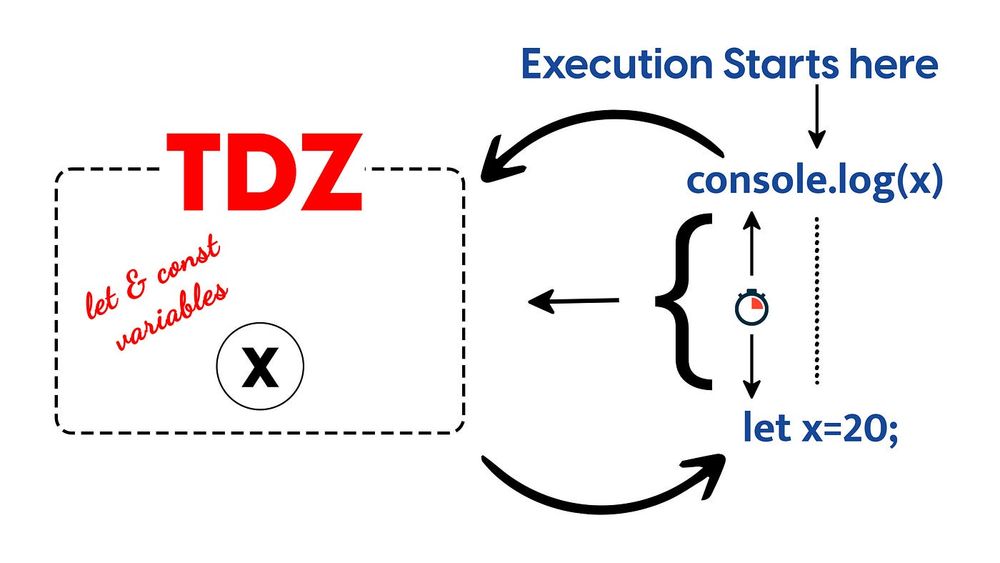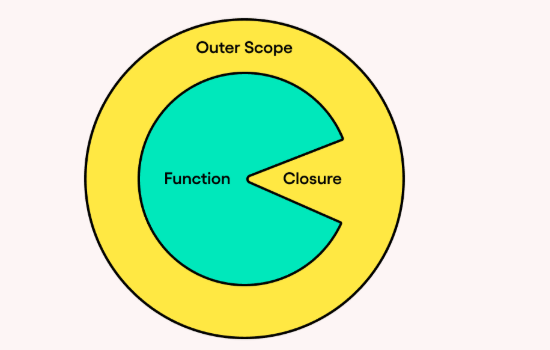In 2025, the world of agent‑based AI has been revolutionized by the Model Context Protocol (MCP), a unified, plug‑and‑play “Swiss Army knife” for AI agents. Instead of juggling dozens of disparate APIs, developers can now “connect once and go” with MCP, drastically simplifying integrations, reducing boilerplate, and accelerating innovation. In this post, we’ll dive into what MCP is, why it’s such a game‑changer, how it’s built, and, most importantly, how you can understand it today with concrete examples.
Definition
At its core, MCP is a standardized, real‑time protocol that sits between AI applications (clients) and a diverse ecosystem of local and third‑party data sources (tools). Think of it as:
- A single gateway for all your API calls (search engines, vector stores, cloud functions, etc.)
- A unified schema for resource discovery, execution, and response handling
- Plug‑and‑play connectivity: add or swap tools without rewriting your client
app
Architecture
This diagram shows some main components of an MCP system.

MCP Server
- Serves as a middleware that interfaces between the client host and a group of external services.
- It can connect to a variety of services, such as databases, cloud/container services, and productivity tools. For example, an MCP server connected to AWS can help us manage cloud compute, deployment, or file storage services.
- Abstract the complexity of external service APIs from the application layer.
- MCP local server: Enable the ability to access and process local file systems (e.g., documents, images, spreadsheets, etc.).
Client Host (Application):
- Acts as the main interface (frontend or core processing app) for users or other services.
- Sends and receives data via the MCP Protocol to/from multiple MCP Servers.
- Communicates with various services indirectly by routing requests through these MCP Servers.
- Interfaces with local processing tools or UIs (seen via logos like Langchain, llama.cpp, etc.).
MCP Protocol
- A standardized communication protocol is used to interact between the client and the MCP servers.
- Ensures a unified data exchange format and logic across different service integrations.
Real-world example
This concise example effectively showcases the significant advantage of using MCP Client for multi-stage processes like webpage summarization.
import { MCPClient } from "mcp-js";
async function summarizeWebPage(url) {
const client = new MCPClient({ endpoint: "https://mcp.local", apiKey: "abc" });
// 1. Fetch page content via HTTP tool
const page = await client.invokeTool("http_get", { url });
// 2. Extract text via NLP tool
const text = await client.invokeTool("nlp_extract_text", { html: page.body });
// 3. Summarize via LLM tool
const summary = await client.invokeTool("openai_completion", {
model: "gpt-5-turbo",
prompt: `Summarize the following:\n\n${text}`,
max_tokens: 150
});
return summary.choices[0].text;
}
Traditionally, achieving this would necessitate integrating three distinct libraries – one for HTTP requests, another for NLP-based text extraction, and yet another for interacting with an LLM. However, the MCP system elegantly consolidates these diverse capabilities, exposing them as readily combinable tools through its server. This streamlined approach drastically simplifies development, reduces dependency management overhead, and fosters a more cohesive and efficient workflow.
Conclusion
MCP will rapidly become the open‑source tool‑calling protocol for AI agents and LLM workflows in 2025. Whether you’re building chatbots, data pipelines, or large‑scale AI platforms, MCP’s unified approach slashes integration overhead and lets you focus on core logic. Dive into the official MCP repo to explore adapters, contribute, or start building your own tools.





